The selection of special optical fiber modules requires comprehensive consideration of multiple factors such as application scenarios, performance requirements, and cost budgets. The following are some key points and suggestions to help you select specialty optical fiber assemblies:
Balance performance and cost and choose cost-effective connectors. Ensure that the selected connector is compatible with existing optical fiber systems and equipment
1. Selection of optical fiber
Special optical fibers include plastic optical fibers, radiation-resistant optical fibers, sapphire optical fibers, sulfide optical fibers, fluoride optical fibers, polymer optical fibers, multimode quartz optical fibers, plastic-coated optical fibers and photonic crystal optical fibers. Each type of optical fiber has its own unique application scenarios and performance characteristics, such as:
Plastic optical fiber: Suitable for low-rate optical communication systems with transmission distances of less than 120 meters.
Radiation-resistant optical fiber: suitable for signal transmission in nuclear radiation environments.
Sapphire optical fiber: It has high temperature resistance and is suitable for use in ultra-high temperature environments.
Sulfide optical fiber: It has a wide transmission area in the infrared band and is suitable for signal sensing and transmission in the infrared band.
Fluoride optical fiber: It has ultra-low transmission loss and is suitable for long-distance signal transmission. 2. Connector selection
Select the appropriate connector type based on the application scenario and fiber type. Common specialty optical fiber connector types include:
Type FC connector: Threaded connector with good tensile resistance and stability, suitable for industrial and scientific research fields.
SC Connector: Square connector, easy to install, low cost, suitable for data centers and corporate networks.
Type LC connector: Small connector, small size, high density, suitable for high-density applications.
Type ST connector: In-line connector, easy to operate, suitable for data centers and communication networks.
MPO/MTP connector: Multi-core connector suitable for high-density connection of multimode optical fibers. 3. Processing process selection
The grinding type of optical fiber connector (PC, UPC, APC) affects its optical performance:
PC (Physical Contact): Physical contact, spherical end face, moderate insertion loss and return loss.
UPC (Ultra Physical Contact): Super physical contact, smoother end faces, and better return loss than PC.
APC (Angled Physical Contact): Angled Physical Contact, the end face is ground to an 8° bevel, high return loss, suitable for application scenarios requiring low reflection








